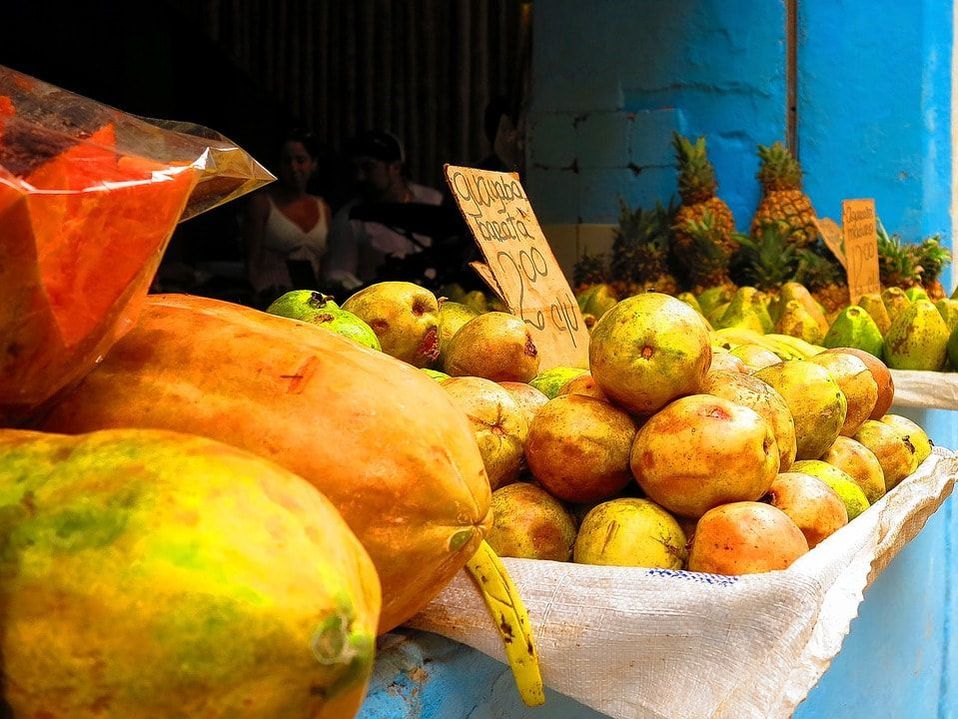|
Welcome to the last article in Nutripol's GMO Series! We've spent the last two weeks talking about both the benefits and the downfalls of introducing GMOs on a widespread level, and this piece will conclude with an overview of some of the most commonly modified foods on the market today. We'll talk about the controversy surrounding GMO labeling in the United States, as well as learn some facts about the modified versions of papaya, zucchini, corn, and soy. How do you know if your food has been genetically modified?
This is a hugely hot topic in the world of United States nutrition policy, and the the food labeling battle is still underway as we speak. Up until 2016, the issue of GMO labeling was decided by a 1992 FDA policy statement. It did not require companies to disclose information about genetic modification unless the final product "differed from its conventional counterpart such that the common or usual name no longer applie[d] to the new food." This statute remained untouched until 2014, when legislators in Vermont passed a law requiring all foods produced or partially produced by genetic engineering to be labeled as such. Fearing a snowball effect of potentially contradictory state laws, Congress passed the National Bioengineered Food Disclosure Standard on July 29, 2016, mandating that the Secretary of Agriculture create a national standard for GMO labeling. These standards are not required to be implemented until July of 2018, and stakeholders in this game are anxiously awaiting the public set of draft rules that the USDA should release sometime in the next six months. The language that the USDA uses will have profound effects on industry -- the actual definitions of "bioengineering" and "GMO" are still hotly contested, and there are incredibly nuanced exceptions and norms that will likely spawn vicious legal battles. Furthermore, a provision in the National Bioengineered Food Disclosure Standard allows producers to use an electronic QR code to label their products, angering anti-GMO advocates who view this as a manipulative loophole. The purpose of this introduction was to show that it's not always easy to determine whether or not your food has been genetically modified. Some companies will label their food with approval stamps from nonprofits like The Non-GMO Project, but this is done more in the interest of increased profits rather than from any sort of national regulation. With this being said, let's dive into some typically modified foods. What GMOs have you eaten today?
What's the Bottom Line? According to Dr. Dennis Gonsalves, work on GMOs was successful during the "days of innocence" before the controversy surrounding their use emerged. Again, there is still no scientific consensus on their safety or the risks involved with their consumption, but years and years of research on the horizon will hopefully point consumers in the right direction. For now, it's mostly a matter of personal preference, willpower, and financial constraints as to whether or not you want to consume genetically modified food. I hope you could learn something from Nutripol's GMO Series; thanks for tuning in! Learn More:
Disclaimer: I am not a licensed nutritionist nor a registered dietician. The opinions expressed in this article are my own, and each individual is ultimately responsible for his/her dietary and nutrition practices. Please consult a physician before starting a new dietary program. Comments are closed.
|
categories: |

